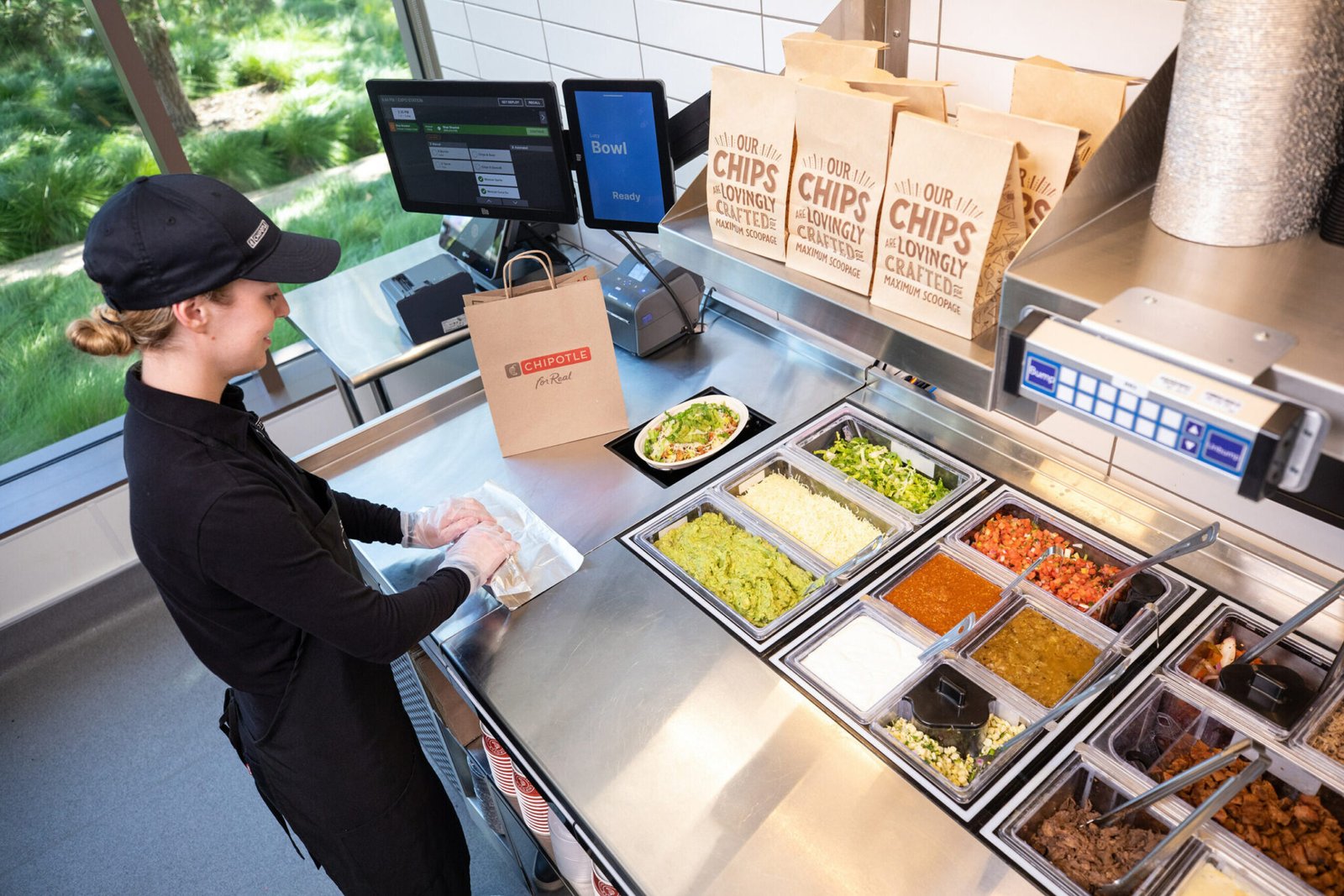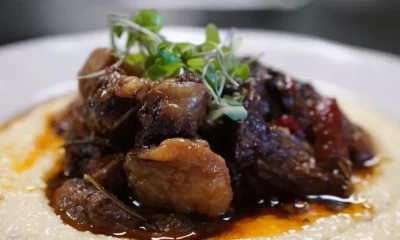artificial intelligence
Data Reveals Pilot Projects: Food Service Robots Are Not the Job Threat We Expected

Recent pilot programs in fast-casual restaurants indicate that technology might not harm the restaurant labor force as previously feared, according to Ben Zipperer, a labor economist at the Economic Policy Institute. The introduction of touch screens, AI-driven ordering systems, and food preparation robots has transformed various facets of the food service industry over the past few years.
One notable development is Chipotle’s testing of the “Autocado” robot in California, designed to assist kitchen staff by preparing avocados for guacamole. Additionally, the Augmented Makeline autonomously builds bowls and salads, allowing crew members to focus on crafting burritos and tacos. Chipotle reports that 65% of its mobile orders are for salads or bowls, highlighting the need for enhanced efficiency and precision in digital orders.
Chipotle has partnered with Vebu to develop the Autocado and has collaborated with Hyphen for the custom Augmented Makeline. Curt Garner, Chipotle’s chief customer and technology officer, emphasized the importance of optimizing these technologies in alignment with feedback from both staff and customers.
Importantly, Chipotle assures that these robotic systems will not lead to job losses. Instead, they aim to foster a “cobotic relationship” where human workers can devote more time to food preparation and customer service. Zipperer supports this perspective, stating that automation may increase worker productivity rather than eliminate jobs.
Moreover, the increased efficiency brought by robots can lead to greater profitability, which could keep food prices more affordable for consumers. This dynamic creates opportunities for staff to shift focus to high-demand tasks, thus enhancing overall performance in restaurants.
Automation, exemplified by touchscreen kiosks in fast food settings, has also proven beneficial. McDonald’s, an early adopter of this technology, reported that kiosks encourage customers to order more, leading to an uptick in staffing needs for food preparation and cleanliness.
While some fast food executives suggest that wage increases could result in greater automation and job loss, this is not universally observed. In fact, quick-service and fast casual restaurant jobs increased by about 150,000, or 3%, in August compared to pre-pandemic levels.
As the food service industry embraces technological advancements, a balance between operational efficiency and employee value will be crucial for long-term success, Zipperer concludes. The continued demand for various food offerings will help mitigate potential negative impacts of automation on the workforce.


















